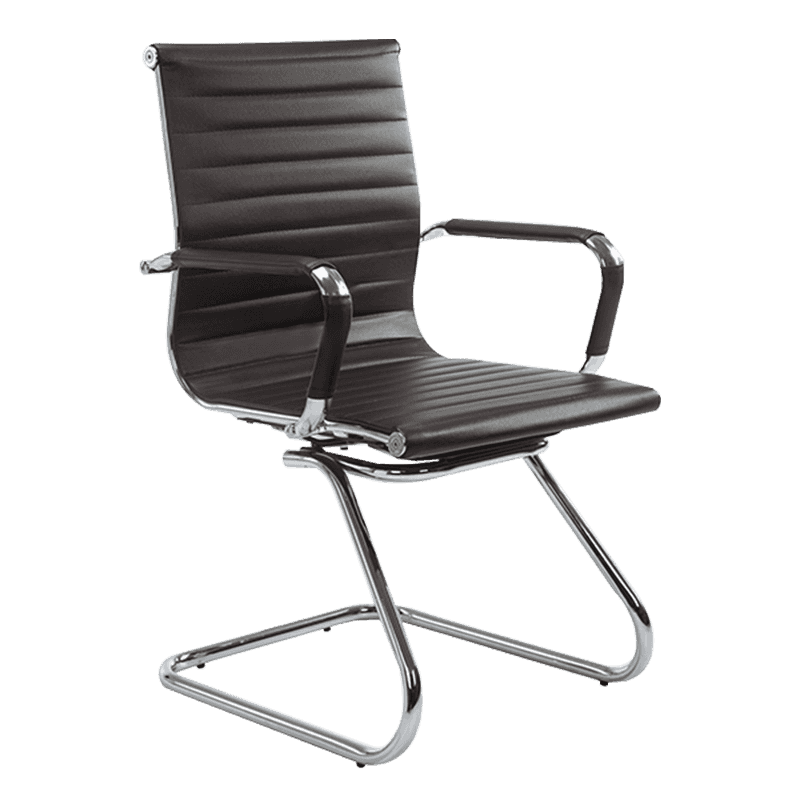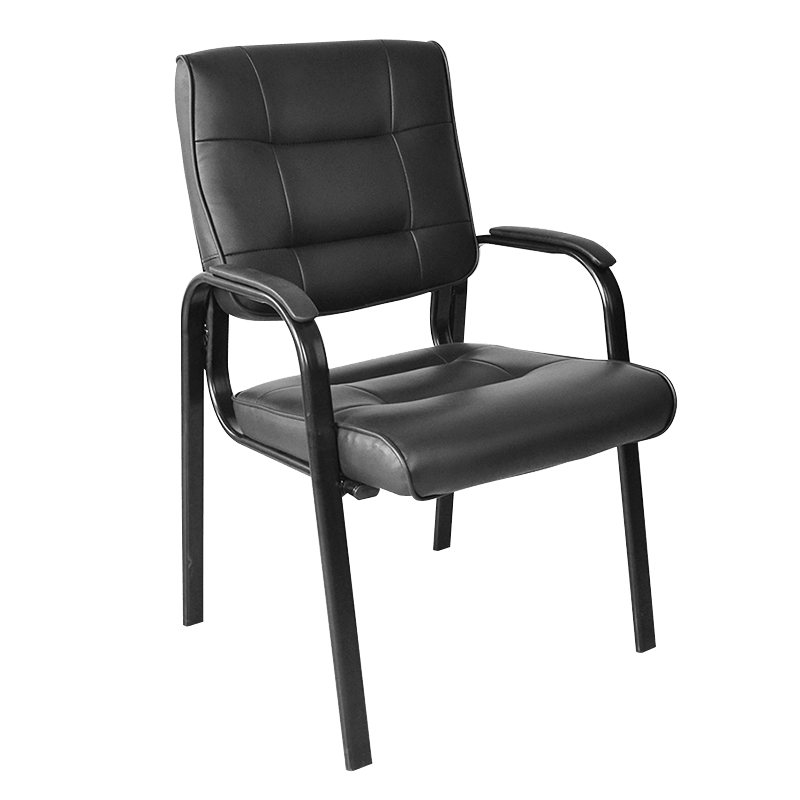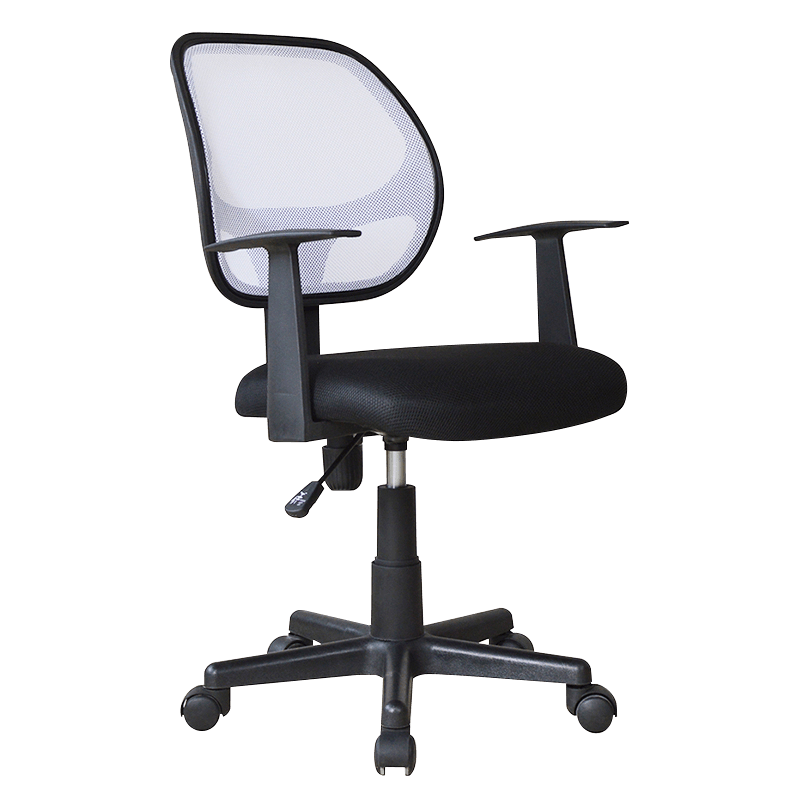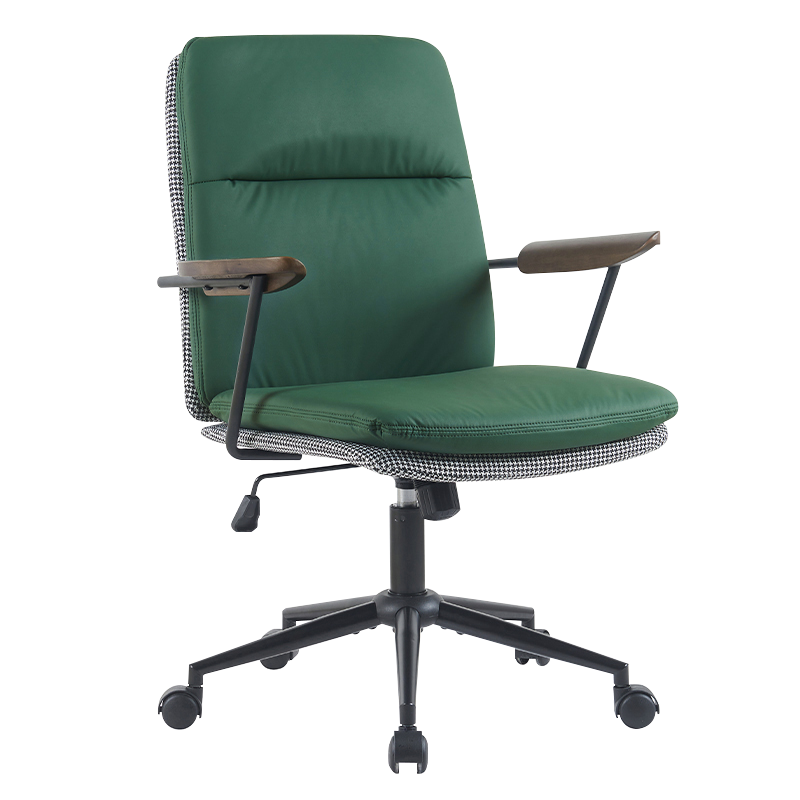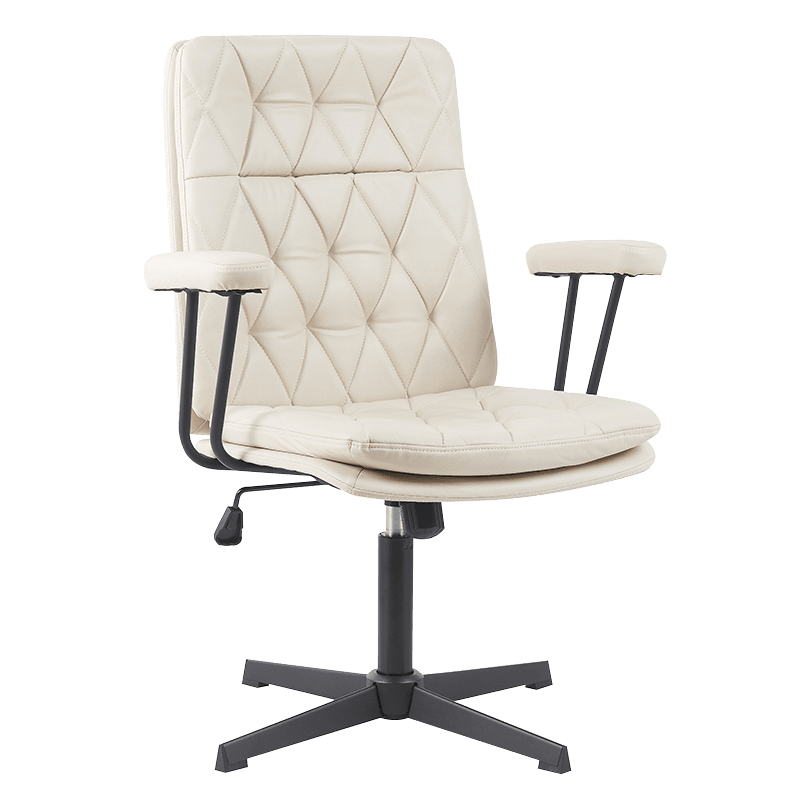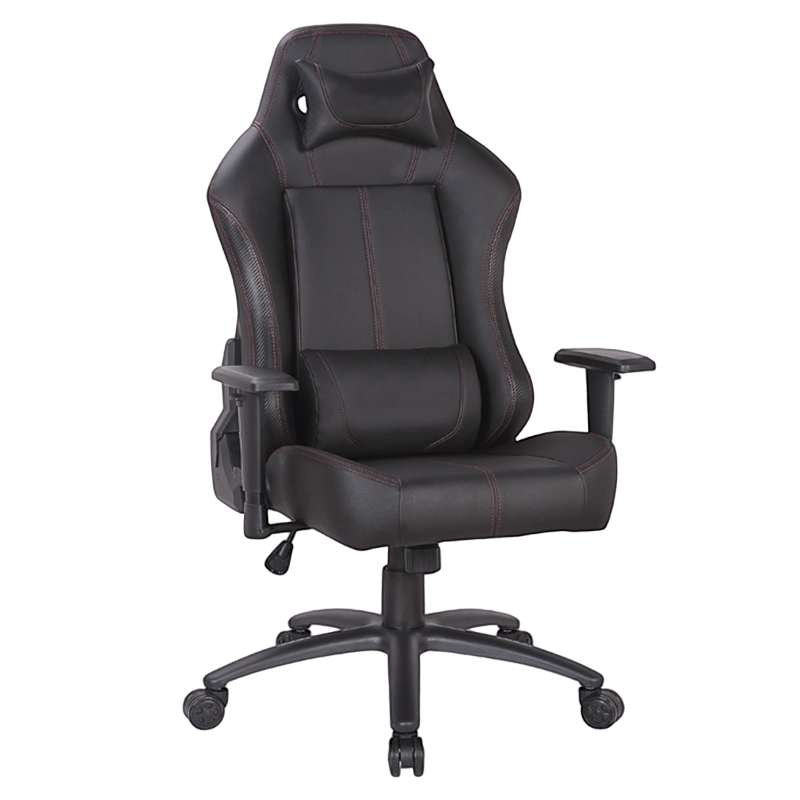The Ultimate Guide to Dining Chair Materials: Wood, Metal, and More
2025-10-16
Dining chairs are more than just functional furniture pieces; they define the style, comfort, and durability of a dining space. With countless options available in the market, choosing the right dining chair requires understanding the materials, design, and performance characteristics.
Understanding Dining Chair Materials
Dining chairs come in various materials, each offering distinct aesthetics, comfort levels, and longevity. The common materials include wood, metal, plastic, and upholstered options. Choosing the right material depends on factors such as the intended environment, desired comfort, and maintenance preferences.
Key Considerations When Choosing a Dining Chair Material
Durability: The material determines how long the chair will last under daily use.
Comfort: Cushioned or ergonomically designed chairs improve dining experiences.
Style Compatibility: Materials like wood or metal can complement different interior designs.
Maintenance: Some materials require more upkeep than others, influencing long-term satisfaction.
By understanding these considerations, it becomes easier to evaluate which material suits your dining room or kitchen setup.
Wooden Dining Chairs
Wood is the classic choice for dining chairs, offering warmth, durability, and versatility. Wooden dining chairs are available in a variety of wood types, finishes, and designs, making them suitable for both modern and traditional dining spaces.
Advantages of Wooden Dining Chairs
Aesthetic Appeal: Wood provides a natural, timeless look that can be adapted to modern, rustic, or traditional interiors.
Durability: High-quality hardwood dining chairs can last for decades when properly maintained.
Comfort: Wooden chairs with ergonomic designs or cushioned seats offer support.
Eco-Friendly Options: Sustainable wood choices make wooden dining chairs an environmentally conscious option.
Common Wood Types
| Wood Type | Characteristics | Best Use |
|---|---|---|
| Oak | Sturdy, resistant to wear | Traditional dining rooms |
| Walnut | Smooth finish, rich color | Luxury dining settings |
| Beech | Lightweight, easy to shape | Casual dining areas |
| Teak | Water-resistant, durable | Outdoor dining chairs |
Wooden dining chairs pair well with a variety of interiors, from Scandinavian style dining chairs to modern minimalist dining chairs. Their ability to blend with multiple design themes makes them a reliable choice for homeowners seeking both style and functionality.
Metal Dining Chairs
Metal dining chairs offer a sleek, industrial appeal. They are particularly popular in contemporary kitchens and dining rooms, where durability and low maintenance are crucial.
Advantages of Metal Dining Chairs
Strength and Stability: Metal frames are highly resistant to bending or breaking, making them ideal for heavy daily use.
Modern Appeal: Metal complements minimalist and industrial decor styles.
Low Maintenance: Unlike wood, metal dining chairs require minimal upkeep and are easy to clean.
Popular Metal Types
| Metal Type | Characteristics | Ideal Settings |
|---|---|---|
| Stainless Steel | Rust-resistant, sturdy | Kitchens, high-traffic areas |
| Aluminum | Lightweight, corrosion-resistant | Outdoor or casual dining |
| Iron | Strong, heavy | Formal or industrial interiors |
| Chrome | Sleek, reflective finish | Modern dining rooms |
Metal dining chairs are often combined with cushions to enhance comfort. They are suitable for kitchens or dining spaces where easy cleaning and durability are priorities.
Plastic and Polycarbonate Dining Chairs
Plastic and polycarbonate chairs are gaining popularity for their versatility, affordability, and ease of maintenance. They are ideal for casual or contemporary dining spaces.
Advantages of Plastic Dining Chairs
Lightweight: Easy to move and rearrange.
Variety of Designs: Available in numerous colors, shapes, and styles.
Water-Resistant: Ideal for kitchens, dining areas, and even outdoor spaces.
Cost-Effective: Generally more affordable than wood or metal options.
Common Styles
| Material | Features | Recommended Usage |
|---|---|---|
| Polypropylene | Durable, flexible, modern | Minimalist dining rooms |
| Polycarbonate | Transparent, stylish | Contemporary or casual setups |
| Molded Plastic | Ergonomic shapes, easy cleaning | Small spaces, apartments |
Plastic dining chairs are often chosen for their modern minimalist dining chair designs and affordability, making them a popular choice for families and small apartments.
Upholstered Dining Chairs
Upholstered dining chairs are designed for comfort, offering padded seats and backrests. They can be made from various fabrics or leather, providing both luxury and practicality.
Advantages of Upholstered Dining Chairs
Comfort: Padded seats make them suitable for long meals or gatherings.
Variety of Materials: Options include leather, fabric, velvet, or eco-friendly textiles.
Aesthetic Appeal: Upholstery allows for color coordination and design flexibility.
Common Upholstery Materials
| Material | Characteristics | Best Use |
|---|---|---|
| Fabric | Soft, breathable, versatile | Casual dining rooms |
| Leather | Durable, luxurious | Formal dining settings |
| Velvet | Plush, elegant | Luxury dining experiences |
| Faux Leather | Affordable, easy maintenance | Small apartments or high-traffic areas |
Upholstered dining chairs often combine with wooden or metal frames to offer the balance of style, comfort, and durability. They are particularly suitable for formal dining rooms and long meals.
Combining Materials for Optimal Dining Chair Performance
Many modern dining chairs combine multiple materials to achieve a balance of aesthetics, comfort, and durability. For example, a wooden frame may be paired with a leather or fabric seat, while a metal frame can support a cushioned upholstered design. These combinations allow homeowners to select dining chairs tailored to both functional and design needs.
Material Combination Table
| Chair Type | Frame Material | Seat Material | Key Benefit |
|---|---|---|---|
| Wooden frame + Fabric seat | Wood | Fabric | Comfort with classic style |
| Metal frame + Leather seat | Metal | Leather | Modern, durable, luxurious |
| Plastic frame + Molded seat | Plastic | Plastic | Lightweight, budget-friendly |
| Mixed wood & Upholstery | Wood | Leather or Fabric | Ergonomic and stylish |
Key Factors to Consider Beyond Material
While material is the cornerstone of dining chair selection, other features should be considered for user experience:
Ergonomics: Ensure chairs provide lumbar support and proper seat height.
Size and Space: Choose chairs suitable for your dining table and room size.
Style Consistency: Match chair material and design with interior decor.
Maintenance Requirements: Consider cleaning and durability needs.
By carefully evaluating these factors alongside material properties, one can select the dining chair for any space.
Conclusion
Choosing the right dining chair involves understanding material properties, comfort, design, and maintenance. Wooden dining chairs offer timeless appeal and durability; metal chairs provide modern strength and low upkeep; plastic chairs are lightweight and versatile; upholstered chairs deliver comfort and luxury. Selecting the right dining chair ensures a functional, stylish, and comfortable dining experience, whether in a small apartment, a formal dining room, or a casual kitchen setup.


 Language
Language English
English Français
Français Español
Español Deutsch
Deutsch